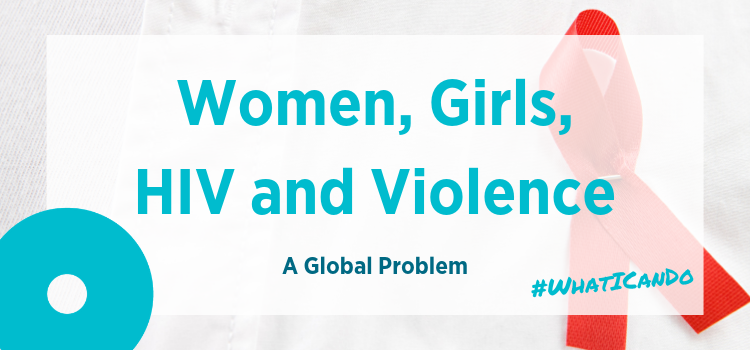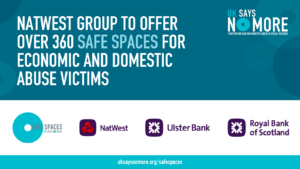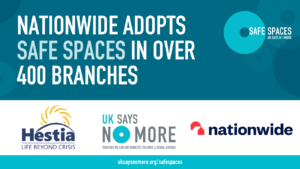“Reversing the spread of HIV therefore demands that women’s rights are realized and that women are empowered in all spheres of life.” UN Special Session on HIV/AIDS, 2001
Out of all the people living with HIV in the world today half of them are women and girls. Although women are more likely to contract a sexually transmitted disease than men, the reason is not just biological. Although the female population are equal with their male counterparts in the number of HIV carriers, experts and observers point out that this is because of the risk staggering inequality causes women and girls suffer today.
In many developing countries women are denied the same human rights and civil liberties compared to their male counterparts under political and religious institutions, women lack proper access to healthcare services, legal recognition and education, make them vulnerable to contracting the disease, and ostracised once infected.
As a UN Special Sessions on HIV/AIDS points out, gender inequality and the HIV/AIDS epidemic are integral: “The different attributes and roles that societies assign to males and females profoundly affect their ability to protect themselves against HIV/AIDS and cope with its impact.”
Women, Girls, HIV and Violence
20 years ago today on the 10th World AIDS Day, South African woman Gugu Dlamini was stoned and stabbed to death by her neighbours soon after she had revealed that she was HIV positive on a local radio broadcast as they feared HIV would spread to their households. The tragic episode was not just a horrific example of the violence women have faced at the hands of communities, but just as importantly, a telling example of how violence is an innate part of women living with HIV/AIDS.
A 2013 WHO report showed that in some regions (including sub-Sahara Africa) female victims of domestic violence are 1.5 times more likely to acquire HIV than women who have not experienced violence at the hands of an intimate partner. Other research indicates that the risk of contracting HIV is at least two times greater for women who experience domestic violence.
Occupying the subordinate position in society means women who insist on the use of proper contraception (or even try) risk the threat of violence. In Tanzania, as recent study showed, women have become victims of violence if they resist sleeping with their infected partners (Nyamhanga, T.M. and Frumence, G., 2014) Even women who may try using birth control covertly put themselves in further danger should their husbands discover their contraceptive use. Subsequently, making matters worse for women who lack the economic power to remove themselves from relationships that carry major risks of HIV infection. On these grounds the use of condoms to protect against HIV would be completely out of the picture.
On the other hand, as the murder of Gugu Dlamini showed the world, violence isn’t only restricted to the means of risk of infection: violence is a consequence of infection too.
In 2012, 37% of women living with HIV worldwide were thought to have been physically assaulted. – Women out loud: How women living with HIV will help the world end AIDS.
Social Stigma – an “unacceptable situation”
Speaking at the 43rd Session Panel on Women and Health: HIV/AIDS and Violence against Women, Peter Piot spoke of the “unacceptable situation” we find ourselves when gender-based violence is still a taboo subject, and considered a private matter not to be discussed in public.
Stigma is said to be a “major barrier to effective responses to the HIV/AIDS epidemic”, and despite it being a “primary reason” for the limited response to combating the epidemic, it remains at the bottom of AIDS program priorities. As a result of the threat of stigmatization and violence from their communities, women often fail to seek healthcare or prevention information, and can spread the virus to family members.
The problem of stigmatisation is important here, because the social stigma HIV/AIDS still carries today goes hand-in-hand with the unwillingness to speak out against gender-based/domestic violence, and the two are integral to one-another less than people ought to know.
Breaking the silence
For there to be a solution, there first needs to be dialogue. Social networks provide an avenue for low cost and sustainable HIV prevention interventions that can be adapted and translated into diverse populations, and a powerful tool in ending the stigma surrounding HIV/AIDS.
This also means openly condemning cultural traditions outside one’s own due to the blatant harm they cause. The arrest and sentencing of Malawian ‘hyena man’ Erica Aniva, who slept with more than 100 underage women and girls without disclosing his HIV-positive status, has brought to attention the risks involved in the tradition of ‘sexual cleansing’.
#Malawi launches #16DaysOfActivism with strong call to end harmful cultural practices. @MGerrmannEU adds his voice to the call pic.twitter.com/FC7nG2ogjd
— Mia Seppo (@MiaSeppo) November 25, 2016
Just as important is recognising harmful practises which carry risk of HIV that occur in our own communities. Despite being an outlawed practice, in 2015-16 there were 5,700 new cases of female genital mutilation (FGM) in England (a procedure which carries a risk of HIV infection), and an estimated 66,000 victims in England and Wales.
UK based charities, among them Integrate Bristol and Forward , have done remarkable work to campaigning against FGM by spreading awareness and offering services to those at risk of FGM in the UK.
Although breakthroughs in modern medicine has meant HIV no longer needs to carry a death-sentence, the discrepancy between the rights of women and men – as well as ethnicities and classes – means the effort to end the epidemic is still falling victim to the pattern of bigotry and discrimination, as it had in the early decades of the AIDS epidemic amongst the homosexual community.
Only social justice will bring lasting change.
“We defeat HIV when we embrace social justice and the fundamental human dignity and leadership of affected populations around the globe.” – Sean Howell (activist)
 Written by Luka Vujicic. Luka is a volunteer media & app assistant at Hestia | UK SAYS NO MORE.
Written by Luka Vujicic. Luka is a volunteer media & app assistant at Hestia | UK SAYS NO MORE.
[maxbutton id=”11″]



